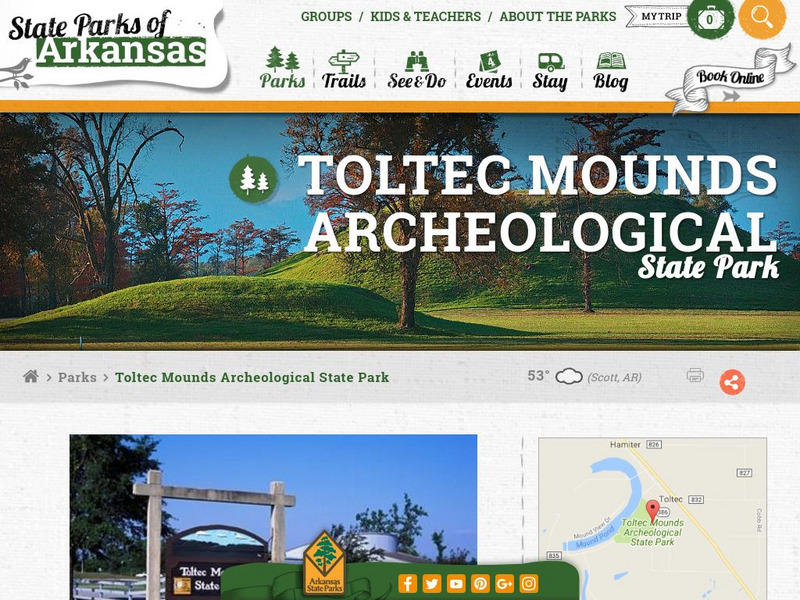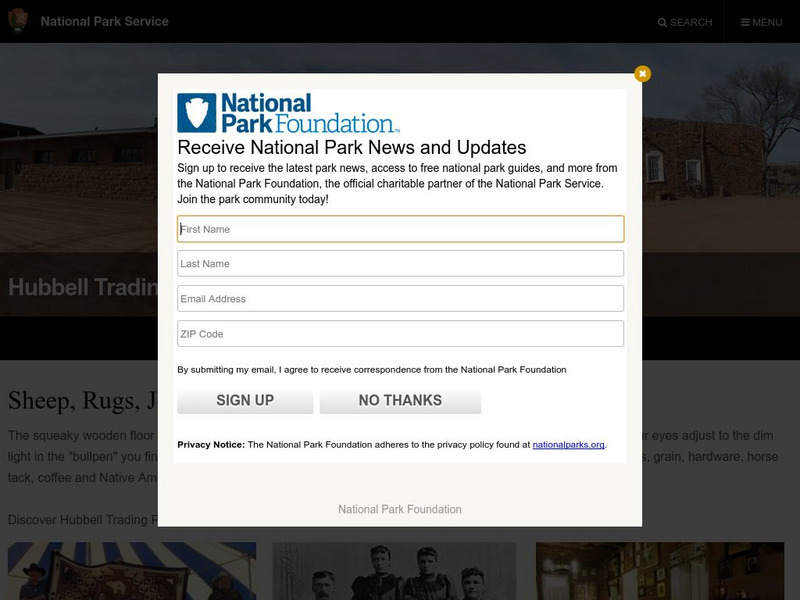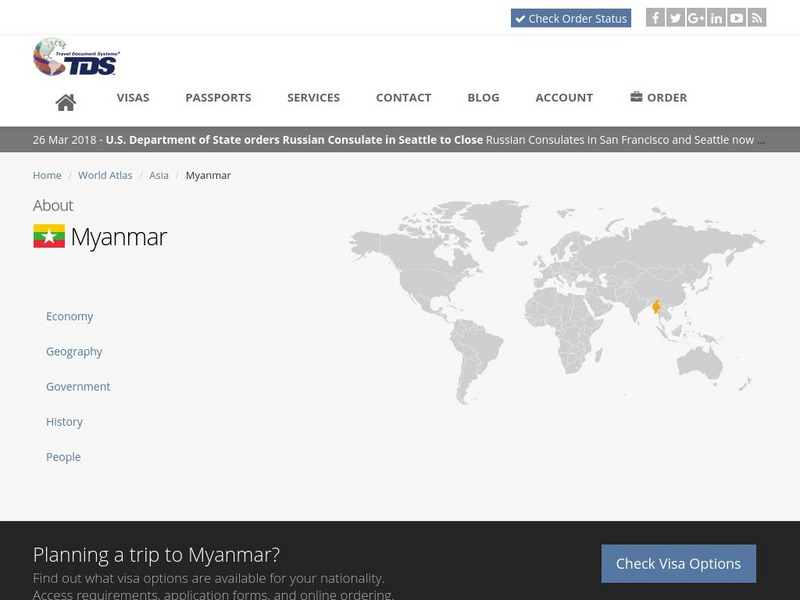Hi, what do you want to do?
Curated OER
Food Time Line
Fourth graders make a timeline to include the immigrants of 1880-1910. Then, in groups, they research foods consumed, purchase, and serve it to the class.
Curated OER
Europe Discovers the Riches of India
Interpreting text is vital. Middle schoolers read a 1 page passage describing why Europe was so interested in colonizing India. After reading, they answer 8 comprehension questions.
Oklahoma State Department of Education
Narrative Prompt
Reading about history is nothing like experiencing it firsthand. Encourage your eighth graders to do the next best thing with a historical narrative prompt, in which they describe the experience of a first-time traveler on the...
Curated OER
Where Did My Lunch Come From? A U.S. Regional Tour
Students explore the regions from which their food comes. In this social studies lesson, students identify the different agricultural products that are found in the major regions of the United States. Students create a lunch menu.
Curated OER
Where Should It Go? Recycle? Compost? Incinerate? Landfill?
Learners discuss what happens to trash after it is collected. They sort "clean" trash into groups depending on whether it should be recycled, incinerated, placed in a landfill, composted or if it is something we could avoid using.
Curated OER
Chernobyl
High schoolers list some of the health effects of radiation exposure. They are engaged in a unit on nuclear power by demonstrating the potential environmental health risks involved.
Curated OER
Spiro Mounds; Oklahoma's Past Indian History
Students create an understanding of Oklahoma's past.
Curated OER
Geo Jammin' By DeSign - Day 6, Lesson 32: Appliqué-tion of Learning
Second graders hand stitch three different appliqué stitches using triangles as a motif.
Curated OER
Tobacco Road
Learners use court records to learn that tobacco was used a source of currency in early Delaware history. Students choose something in their culture to use as currency instead of money.
Curated OER
Geo Jammin' By DeSign - Day 5, Lesson 28: The Mo-tea-if
Second graders explore tea dyeing cloth.
Curated OER
A Sense of West Virginia
Students consider their perceptions of the world through their 5 senses while visiting the West Virginia State Museum. In this West Virginia history lesson, students discover how knowing about the past helps with their understanding of...
Curated OER
Africa 1500-present: The Big Picture
In this African history study guide worksheet, students read a brief overview pertaining to the history of Africa from 1500 to the present.
Curated OER
Ancient China
Students research different dynasties that existed in China around different themes. They chart each dynasty for written assessment. Each chart has details that chronicles the gathered information.
Curated OER
Cloze Passage - Singapore
In this cloze learning exercise, students complete a passage about the history of Singapore using 15 words from the bank at the top of the page.
Edutopia
Edutopia: Goods and Services [Pdf]
A unit that teaches the difference between goods and services, the difference between producers and consumers, the difference between human, natural, and capital resources, and the difference between bartering/trading and buying/selling....
Council for Economic Education
Econ Ed Link: Hawaiian Economics: From the Mountains to the Sea
Ancient Hawaii was ruled by chiefs, who were responsible for the well-being of their people and for managing the islands' resources. The chiefs divided the islands into land districts shaped like pie slices called Ahupua'a (ah-who-...
Council for Economic Education
Econ Ed Link: Where Did You Come From?
This site is an excellent instructional activity in which students explore the economic interdependence shared between the United States and Chile. Students will learn about the products imported from Chile and determine the reasons for...
Other
University of Arkansas: Toltec Mounds Archeological State Park
With the discovery of Toltec mounds just outside of Little Rock, a new archaeological state park was born. History of the people of the period, how they lived, traded, and traveled is included on the web site.
Travel Document Systems
Tds: Mauritius: Geography
A graphic showing the terrain, climate, and natural resources of Mauritius. Information is from the CIA World Fact Book.
American Museum of Natural History
American Museum of Natural History: O Logy: Archaeology: Clues From the Past
This resource is a place for learning all about archaeology - archaeological fieldwork, field journals, tools of the trade, and interesting archaeological sites and discoveries. Explore, ask questions, find information, and meet...
Curated OER
National Park Service: Hubbell Trading Post National Historical Site
John Lorenzo Hubbell bought a trading post in Granado, Arizona in 1878. The family ran the trading post, trading with the Navajo until the 1960's. The business is still running, though the Hubbell family does not run it anymore. Find out...
Travel Document Systems
Tds: Burma (Myanmar): Economy
The story of the economy of Burma is one of potential, but because of governmental mismangagement, there is no development of that potential. Read about the possibilities and realities of the Burmese economy based on information from the...
Council for Economic Education
Econ Ed Link: Hawaiian Economics: Barter for Fish & Poi
In ancient Hawaii, chiefs managed the economy by creating a land division system, the Ahupua'a, which divided the islands into pie slice shapes. Each Ahupua'a covered the three main regions of the islands: the mountains, the valleys, and...




















![Edutopia: Goods and Services [Pdf] Activity Edutopia: Goods and Services [Pdf] Activity](https://static.lp.lexp.cloud/images/attachment_defaults/resource/large/FPO-knovation.png)






